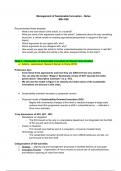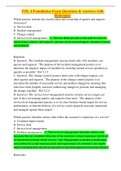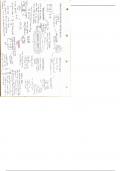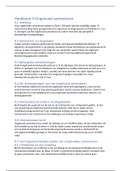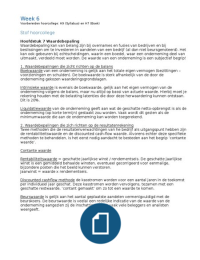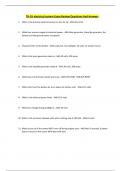Samenvatting
Summary Management of Sustainable Innovation Notes (perfect for exam 2024/2025)
Passed exam with a 9 This document covers all the exam material (papers+lecture slides). Each paper starts with the main points and then continues with a more detailed summary.
[Meer zien]
